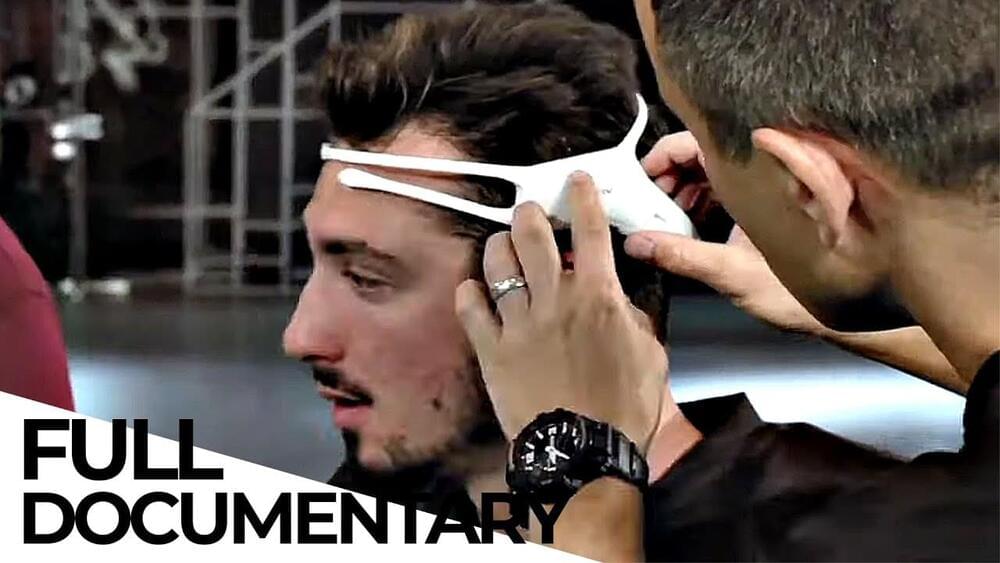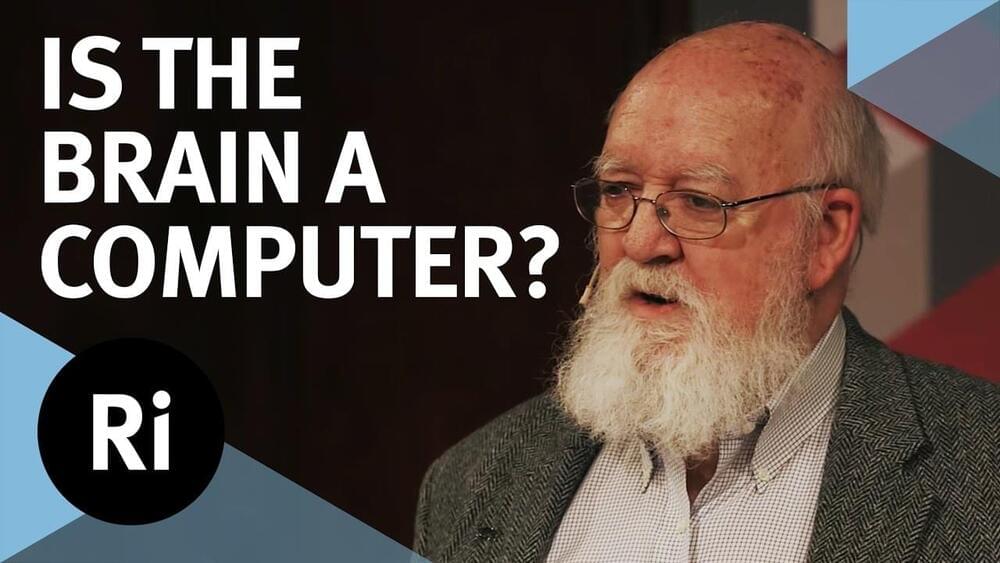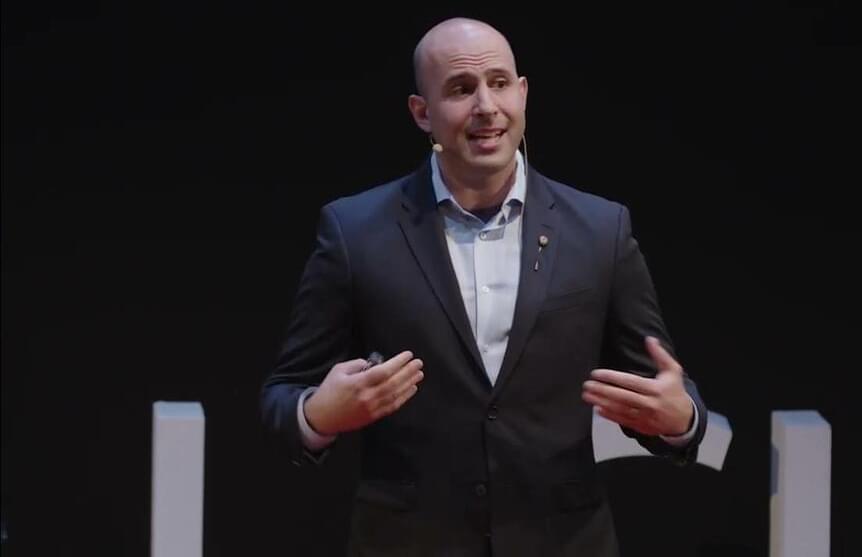Jan 3, 2023
Hessid · Zetno Creator (AI Animation )
Posted by Kelvin Dafiaghor in categories: education, robotics/AI
Feat : hessid · zetno creato.
This is generated using Stable diffusion’s deforun model.

Feat : hessid · zetno creato.
This is generated using Stable diffusion’s deforun model.
Ransomware attacks in 2022 impacted more than 200 hundred larger organizations in the U.S. public sector in the government, educational, and healthcare verticals.
Data collected from publicly available reports, disclosure statements, leaks on the dark web, and third-party intelligence show that hackers stole data in about half of these ransomware attacks.
Russia has focused its aerial attack on destroying Ukraine’s energy grid. Are all countries with national grids vulnerable to this type of assault?
National grids are not just vulnerable to third-party cyberattacks. In war, if the grid is targeted, it can be a country’s Achilles’ heel.

Is ChatGPT Creating AGI With Our Data?!
What Is AGI?
Should We Worry About OpenAIs Shady Founder Sam Altman?Find Out What Elon Musk Thinks!•••••••••••••••••••••••••••••••••••••••••••••••••••••••••••••• 🔔 Did you enjoy the content? Subscribe here:
- https://rb.gy/nekyhx🎥 Want to watch more? Find videos here:
- https://rb.gy/l03r32••••••••••••••••••••••••••••••••••••••••••••••••••••••••••••••⚠️ Copyright Disclaimers.
• Section 107 of the U.S. Copyright Act states: “Notwithstanding the provisions of sections 106 and 106A, the fair use of a copyrighted work, including such use by reproduction in copies or phonorecords or by any other means specified by that section, for purposes such as criticism, comment, news reporting, teaching (including multiple copies for classroom use), scholarship, or research, is not an infringement of copyright.”
• We use images and content in accordance with the YouTube Fair Use copyright guidelines.
Who knows what impact the chatbot will ultimately have. But a new report from Burning Glass Institute done in partnership with Business-Higher Education Forum and Wiley shows that artificial intelligence and machine learning skills are not only among the fastest growing and widest spreading skill sets across industries in the job market—but having them can mean workers get paid more, rather than less in their jobs.
“The notion that automation is this lurking menace on the horizon is something we should rethink,” says Matt Sigelman, president of the labor market research nonprofit Burning Glass Institute. “We’re seeing that people whose work involves leveraging automation skills get paid significantly more than those who don’t.”

How Connecting our Brains to Computers Can Create a New Kind of Human | Artificial Intelligence | Investigative Documentary from 2019.
The symbiosis of the brain and artificial intelligence will give rise to a new humanity, a kind of “super-humanity”. Brain-machine communication will allow that the cognitive capabilities of the human being will enhance, giving rise to the first augmented humans. Connecting brains will be done, and we’ll have powerful synthetic telepathy technologies. It’ll be possible not only to read other person’s thoughts but also manipulate them. Neurotechnologies are about to cause a radical social shift that will change the concepts of the inner self and the very reality. Neurorights will be key points, as it will be mandatory to regulate the privacy of our conscious or even subconscious thoughts.
▬▬▬▬▬▬▬▬▬
Subscribe ENDEVR for free: https://bit.ly/3e9YRRG
Facebook: https://bit.ly/2QfRxbG
Instagram: https://www.instagram.com/endevrdocs/
▬▬▬▬▬▬▬▬▬
#FreeDocumentary #ENDEVR #AI
▬▬▬▬▬▬▬▬▬
ENDEVR explains the world we live in through high-class documentaries, special investigations, explainers videos and animations. We cover topics related to business, economics, geopolitics, social issues and everything in between that we think are interesting.

Cognitive science sees the brain as a sort of computer, but how does education redesign these cerebral computers? Cognitive scientist, philosopher, and expert on consciousness Daniel Dennett explains.
Watch the Q&A: https://youtu.be/0GJa0xKKSOU
Subscribe for regular science videos: http://bit.ly/RiSubscRibe.
Buy Daniel Dennet’s most recent book “From Bacteria to Bach and Back: The Evolution of Minds” — https://geni.us/4pTW46
Continue reading “If Brains are Computers, Who Designs the Software? — with Daniel Dennett” »
Fluid intelligence refers to the ability to solve challenging novel problems when prior learning or accumulated experience are of limited use. 1 Fluid intelligence ranks amongst the most important features of cognition, correlates with many cognitive abilities (e.g. memory), 2 and predicts educational and professional success, 3 social mobility, 4 health 5 and longevity. 6 It is thought to be a key mental capacity involved in ‘active thinking’, 7 fluid intelligence declines dramatically in various types of dementia 8 and reflects the degree of executive impairment in older patients with frontal involvement. 9 Despite the importance of fluid intelligence in defining human behaviour, it remains contentious whether this is a single or a cluster of cognitive abilities and the nature of its relationship with the brain. 10
Fluid intelligence is traditionally measured with tests of novel problem-solving with non-verbal material that minimize dependence on prior knowledge. Such tests are known to have strong fluid intelligence correlations in large-scale factor analyses. 11, 12 Raven’s Advanced Progressive Matrices 13 (APM), a test widely adopted in clinical practice and research, 14 contains multiple choice visual analogy problems of increasing difficulty. Each problem presents an incomplete matrix of geometric figures with a multiple choice of options for the missing figure. Less commonly, verbal tests of fluid intelligence such as Part 1 of the Alice Heim 4 (AH4-1) 15 are adopted. The Wechsler Adult Intelligence Scale (WAIS) 16 has also been used to estimate fluid intelligence by averaging performance on a diverse range of subtests. However, several subtests (e.g. vocabulary) emphasize knowledge, disproportionately weighting measures of ‘crystallized’ intelligence, 17, 18 whilst others (e.g. picture completion) have rather low fluid intelligence correlations. 19 Hence, it has been argued that tests such as the APM are the most suitable for a theoretically-based investigation of changes in fluid intelligence after brain injury. 20, 21
Proposals regarding the neural substrates of fluid intelligence have suggested close links with frontal and parietal functions. For example, Duncan and colleagues 22 have argued that a network of mainly frontal and parietal areas, termed the ‘multiple-demand network’ (MD), is ‘the seat’ of fluid intelligence. The highly influential parieto-frontal integration theory (P-FIT), based largely on neuroimaging studies of healthy subjects, posits that structural symbolism and abstraction emerge from sensory inputs to parietal cortex, with hypothesis generation and problem solving arising from interactions with frontal cortex. Once the best solution is identified, the anterior cingulate is engaged in response selection and inhibition of alternatives. 23, 24 Despite its name, P-FIT also posits occipital and temporal involvement, implying widely distributed substrates of fluid intelligence.

NOTE FROM TED: Please do not look to this talk for mental health advice. This talk represents the speaker’s personal views and interpretation of psychedelics and mental health, which remains an emerging field of study. We’ve flagged this talk because it falls outside the content guidelines TED gives TEDx organizers. TEDx events are independently organized by volunteers. The guidelines we give TEDx organizers are described in more detail here: http://storage.ted.com/tedx/manuals/tedx_content_guidelines.pdf.
Psychedelics as medicine to treat mental health disease has had a recent resurgence of attention and dedicated research, with encouraging results. Could this class of drugs serve as a paradigm shift in the way mindfulness therapy and mental health is approached? Compounds like LSD, DMT, psilocybin, and MDMA are investigated as treatments for states of anxiety, depression, PTSD, and addiction. Listeners are challenged to question their preconceived notions and judgements as it pertains to this group of restricted therapeutics in the psychedelic class. Burton J. Tabaac, MD FAHA
Continue reading “Mental Health Meets Psychedelics | Burton Tabaac | TEDxUCLA” »